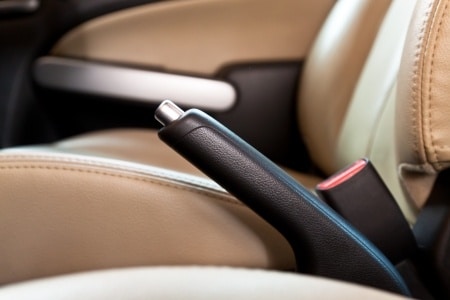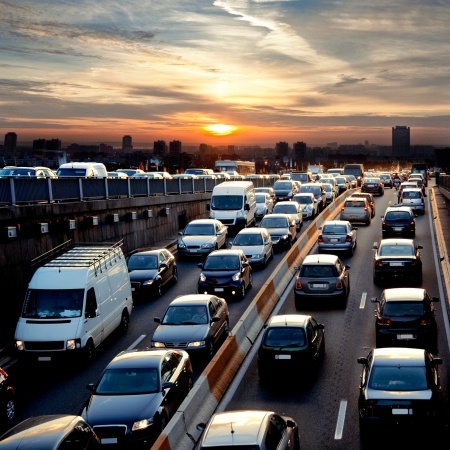When you think about the most hazardous time of year to drive in, winter is probably what comes to mind. With the colder temperatures, rain can turn to ice on the roads and driving in snow can be a harrowing experience.
But surprisingly, according to the Department of Transportation, summer is actually the most dangerous. During the months of June through August in 2012, there were 18% more fatal car accidents than during the months of December through February. There are many factors that could contribute to this increase, such as more drivers on the road in the general because of summer vacations and increased road construction.
As the temperatures warm and we approach the driving season, here are some tips for making your road trips safer.
1. Fill up on fluids
You know how important it is to keep your body hydrated in the heat, and the principle applies to your car as well. Before you leave, check your vehicle’s fluid levels–coolant, brake, power steering, windshield cleaner, and transmission. Top up each reservoir and check for leaks. Also look for wear on the radiator, hoses, and belts. If you see any cracks, blistering, or anything else that seems amiss, pay your mechanic a visit before your trip.
2. Prepare for the sun
Be sure to pack sunglasses to deal with glare and to reduce the strain on your eyes. When you park, use a sun shield in your windshield and other windows to reduce the heat in your car and prevent fading on your dashboard and seats. Clean your windows to reduce sun glare and improve visibility, and travel with plenty of water and sunscreen.
3. Don’t overload your car
It’s probably not something you usually think about, but make sure not to pack your car too full. Check the owner’s manual for information about its maximum weight and number of passengers, and be cognizant of that when you’re packing.
4. Drive cautiously and courteously
Even in warm temperatures rain can cause hazardous driving conditions, especially during the first few minutes of rainfall. This is because the water mixes with the oil and dirt on the road, lifting it from the cracks and bringing it to the surface, making the road more slick. In general, it takes about half an hour of rain to wash this slippery grime off the road.
Also remember that not only does warmer weather means more cars on the road, but more bicycles and motorcycles as well. Be observant, aware, and courteous.
You’ll want to be sure you have a good repair service on hand should an accident occur. Cascade Collision has the experience and certified technicians to take care of whatever repairs you need. Contact us today for a free quote! Our reviews speak for themselves.


